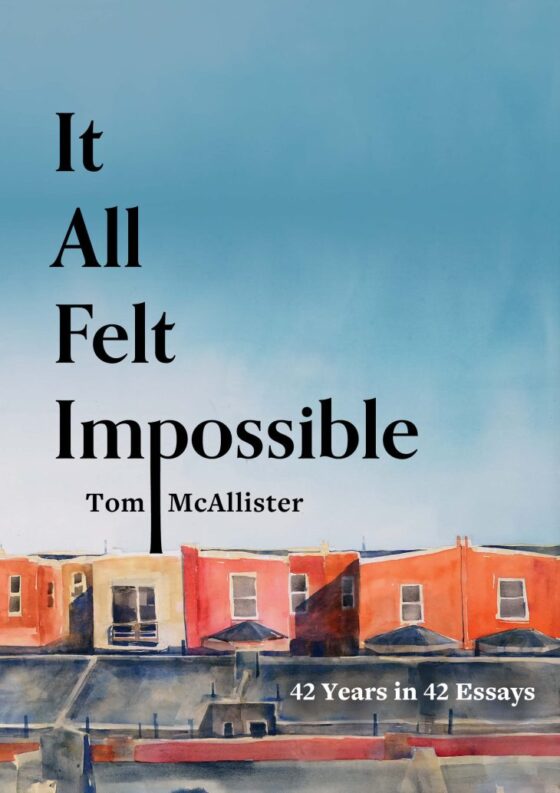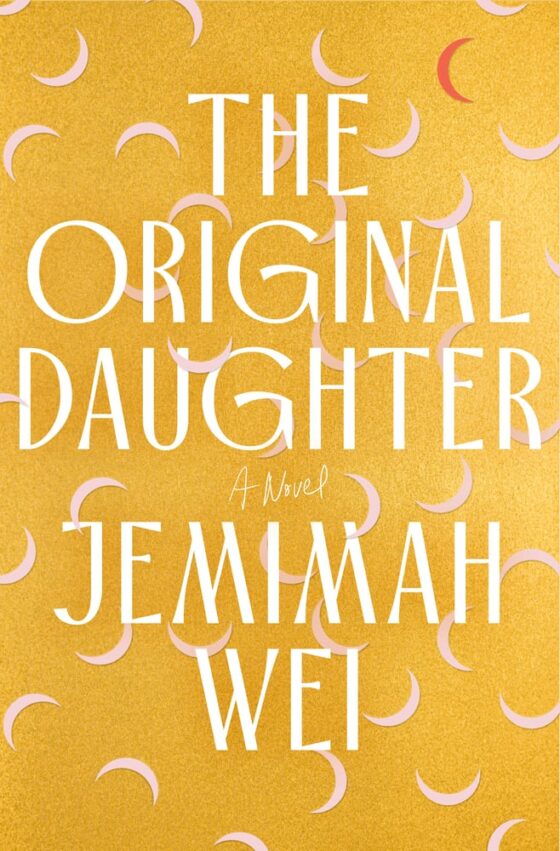On Saturday, August 9, an unarmed black teenager, Michael Brown, was shot and killed by a police officer. The boy was on his way home from a convenience store in Ferguson, Missouri, a suburb of St. Louis, where about two-thirds of the residents are black.
With so few of the facts confirmed, many of the details are being disputed—particularly whether or not Brown was involved in a violent altercation with the officer, or was peacefully surrendering (as several witnesses have said, including his friend, Dorian Johnson.)
“Hands up, don’t shoot!” has become a rallying cry for Ferguson residents, who have been plastering the slogan on cardboard signs.
Brown’s death has sparked five straight nights of protests. While some businesses have been looted, the police response to the demonstrations is being criticized as overly militarized and racially charged. SWAT teams have arrived, and officers have been photographed wearing body armor and carrying assault rifles, even firing tear gas and rubber bullets into the crowds that refuse to disperse.
The inclination to believe the worst of law enforcement comes not long after the case of Trayvon Martin (whose lawyer, Benjamin Crump, is also representing Brown’s family) and points to a large disparity between what we think cops should do and what we believe they will do. And the problem is national: on Monday night, the Los Angeles Police Department caused additional outrage after an officer shot a mentally ill man.
Though the Ferguson Police Department has named nine men arrested for looting, it has yet to release the name of the officer involved in the shooting, claiming to be worried for the safety of the man and his family. As he gave up power of the investigation, Ferguson Police Chief Thomas Jackson can provide few answers to an enraged community in pain.
On Thursday, August 14, however, Anonymous released the alleged officer’s name, stating it will release a photograph—and more information—should the St. Louis County Police Department fail to respond. Police say that the name released is incorrect.
In the wake of the shooting, social media, especially Twitter, has provided perhaps the most accessible and timely insight, including shocking photographs from Ferguson and pointed visual comparisons of what’s happening now to the Civil Rights rallies of fifty years ago.
The hashtag #IfTheyGunnedMeDown has taken off, as thousands of young black Americans ask which photographs of them media outlets would choose to broadcast were they shot and killed by a police officer.
In addition, many journalists, such as Julie Bosman of the New York Times, have been live tweeting the demonstrations and the police response. She’ll have to explain to Avis how she got red paint on the windshield of her rental car.
Other reporters have found themselves in harm’s way, like this Al Jazeera America news crew.
And yesterday, two journalists, Ryan J. Reilly of Huffington Post and Wesley Lowery of the Washington Post, were taken into custody while working and recharging their laptops at a local McDonald’s. They both took to Twitter, posting photographs of the arresting officers and describing their brutal treatment. Lowery reported, again on Twitter, that he and Reilly were “detained, booked, [and] given no answers to their questions,” before being let out without explanation. Reilly also stated the officers did not read either of them Miranda Rights (though Twitter followers quickly refuted that Miranda rights need only be read if suspects are interrogated).
President Obama was briefed in Martha’s Vineyard this morning, where he is on vacation. He made comments to the nation this afternoon, asking for transparency and addressing the excessive force on both sides of the conflict.




